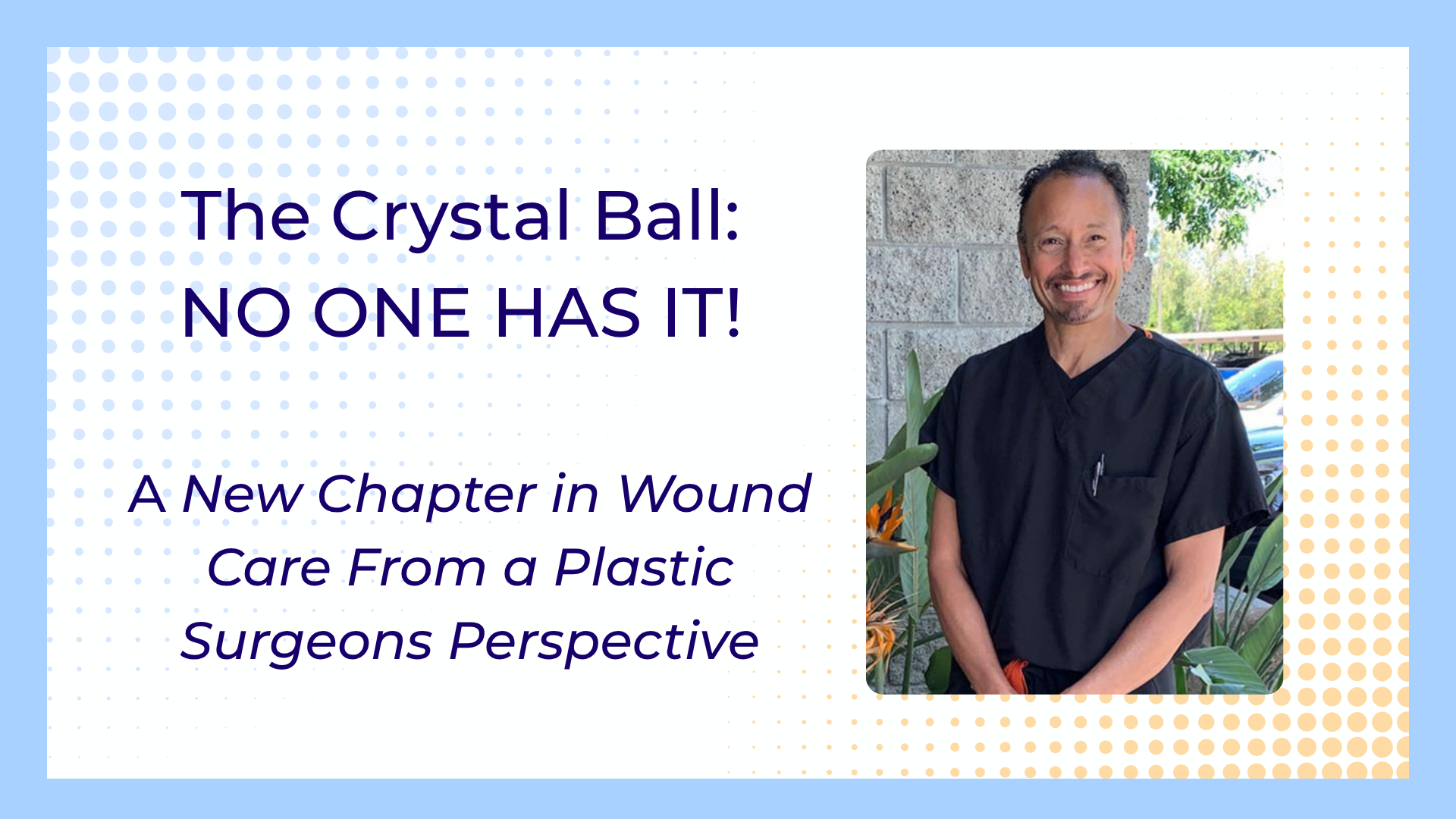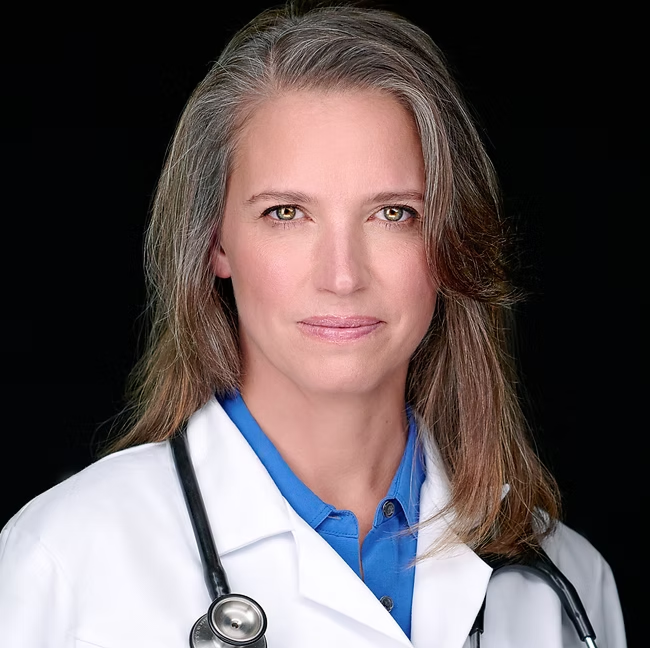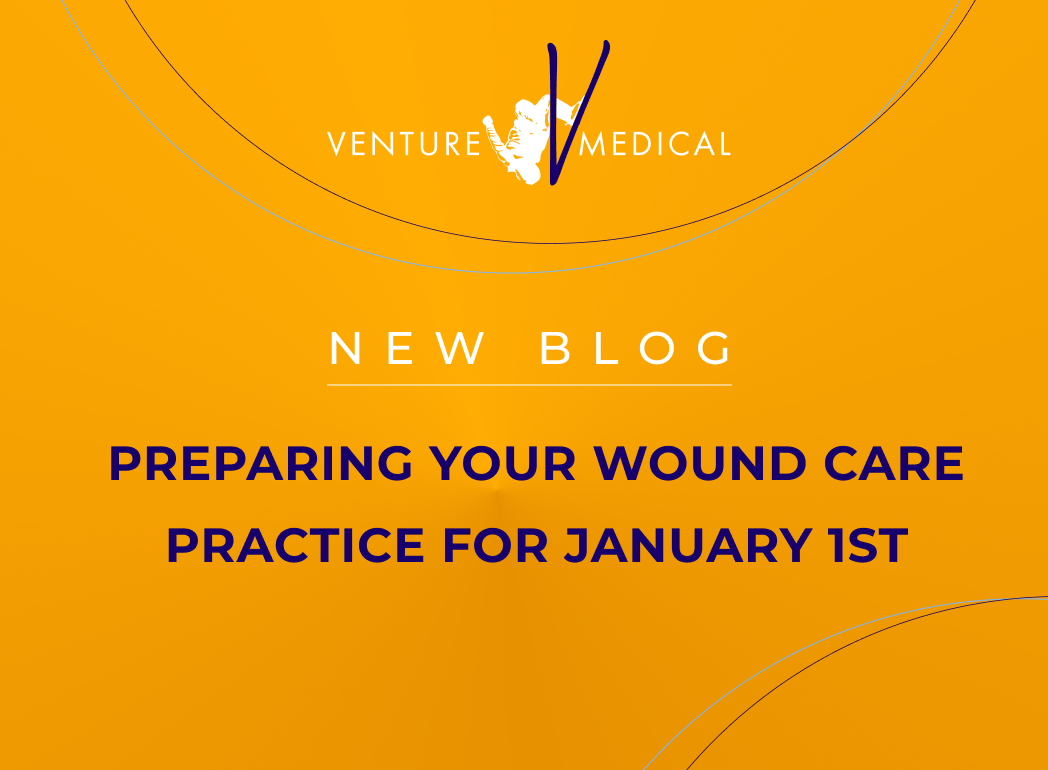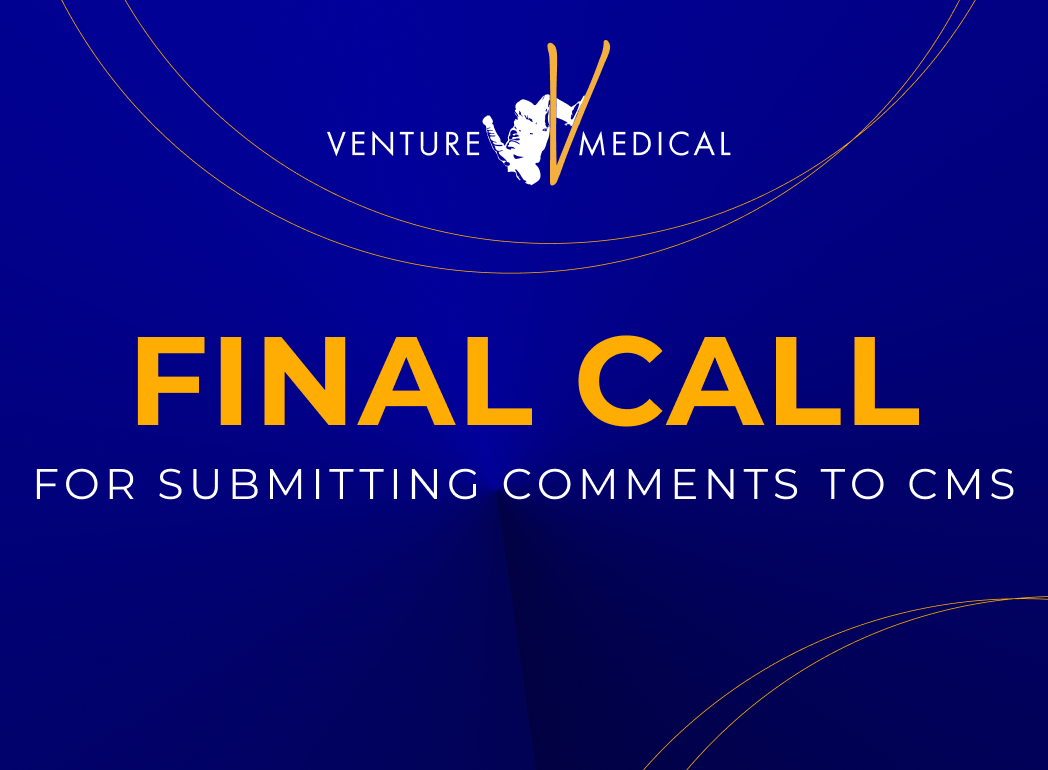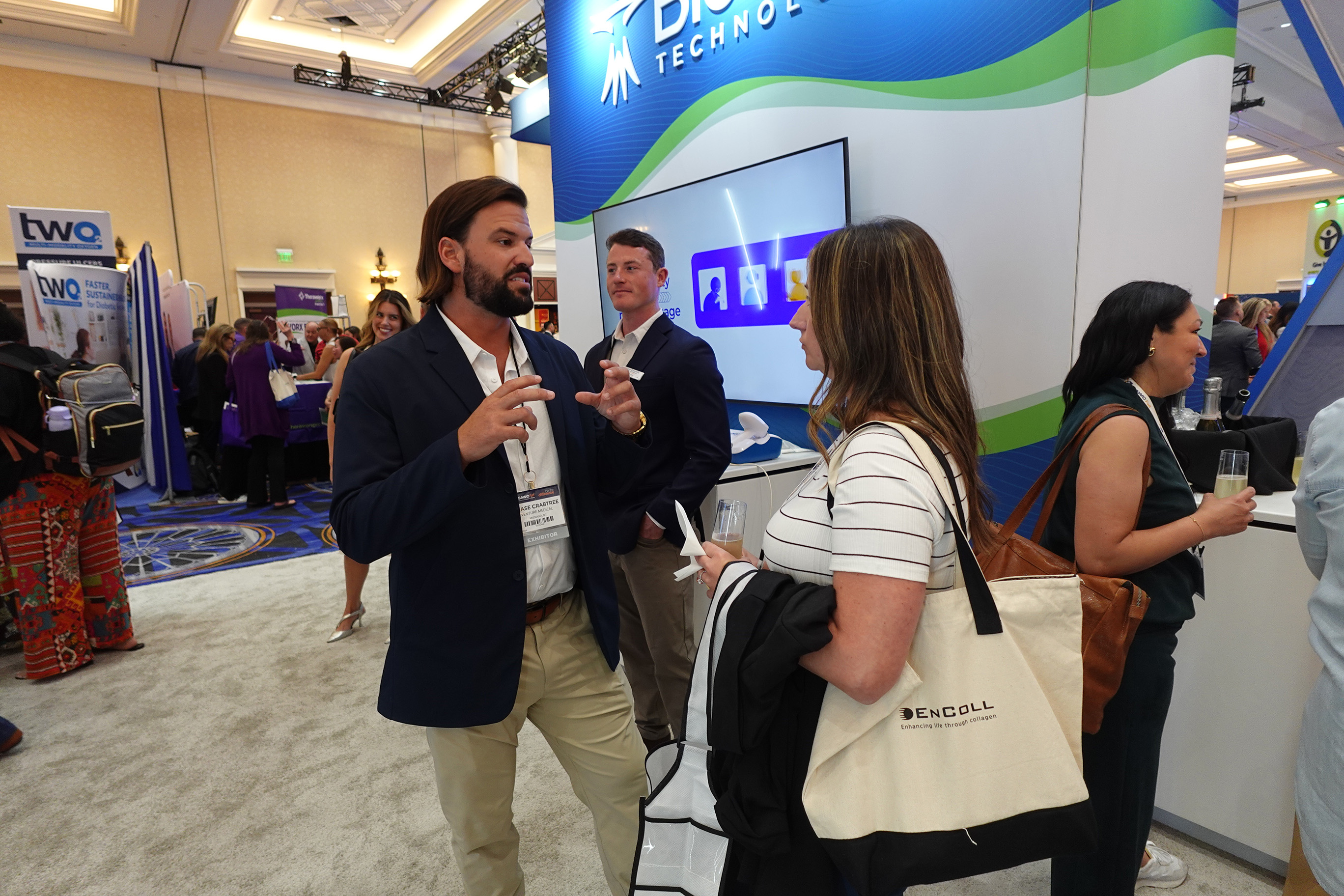The Case For Mobile Wound Care: An Essential Component Of Chronic Wound Management

Mobile wound care is a critical yet often misunderstood part of chronic wound management, providing advanced treatment to patients who can't easily access traditional care. Far from being a fringe service, it’s a large and growing field—with nearly 30,000 clinicians billing for mobile wound services in 2023 alone—and plays a key role in addressing the rising burden of chronic wounds, especially in nursing homes. As wound severity increases, staffing shortages persist, and the population ages, mobile providers are filling care gaps through high-volume, high-quality services and innovative tools like AI-assisted telehealth and near-infrared spectroscopy. To ensure better outcomes and lower healthcare costs, policymakers and payers must recognize mobile wound care as an essential, professional solution—not a peripheral one.
The Case for Mobile Wound Care: An Essential Component of Chronic Wound Management
Mobile wound care is a critical part of the healthcare ecosystem, yet it remains one of the most misunderstood areas of chronic wound management. Critics often characterize mobile wound care as unnecessary or exploitative, but the data tell a very different story. Mobile wound care is a large, established, and growing sector that provides high-quality, specialized treatment to patients who would otherwise struggle to access care.
A Large and Established Field
Recent analysis, done by Open Wound Research, found Medicare utilization data demonstrates the size and legitimacy of this care model. In 2023, 29,958 individual providers billed for both mobile evaluation and management services and advanced wound care procedures, including debridement, negative pressure wound therapy, and the application of cellular and acellular products. Of these, 6,435 averaged more than 50 mobile encounters per month, underscoring that many clinicians in this space maintain consistent, high-volume practices.
Far from being a fringe service, mobile wound care represents a significant portion of the provider workforce. These clinicians are delivering advanced care to patients who cannot easily travel to wound care centers, filling a gap that traditional institutional settings are unable to meet.
The Growing Burden of Chronic Wounds
The demand for mobile wound care continues to grow as the burden of chronic wounds increases nationwide. In the first quarter of 2025, an estimated 248,692 nursing home residents in the United States were living with unhealed pressure ulcers. These wounds cost the healthcare system more than $11 billion annually, much of it attributable to avoidable hospitalizations and amputations.
Post-COVID, wound severity has worsened while staffing shortages in nursing homes and long-term care facilities have become more acute. At the same time, the aging population is accelerating, meaning more individuals will be at risk for developing chronic wounds in the coming years. Without access to specialized care, many patients will experience delayed healing, prolonged suffering, and worse clinical outcomes.
Innovation and Clinical Impact
Mobile wound care providers do far more than basic wound checks. They perform advanced procedures, including debridement and the application of cellular and tissue-based products that can accelerate healing. Emerging tools such as near-infrared
spectroscopy (NIR) and AI-assisted telehealth platforms are being integrated into mobile workflows, enabling clinicians to improve decision-making, track progress more effectively, and expand their reach.
These developments show that mobile wound care is not only established but evolving. It is a model that adapts to the realities of patient needs and leverages innovation to improve outcomes.
Addressing Misconceptions
It is important to address the misconceptions that continue to surround mobile wound care. The data show that mobile wound care is not a transient business model but a field supported by thousands of dedicated, high-volume clinicians. It is not unnecessary or profit-driven; it exists because traditional care settings often fail to reach immobile, high-risk patients.
Policy changes alone will not resolve the challenges facing chronic wound care. Instead, real progress will come from supporting the clinicians who are already delivering results, ensuring reimbursement structures reflect the value they provide, and fostering innovation that enhances their ability to deliver effective care.
A Critical Part of the Solution
Mobile wound care is a professional, legitimate, and growing field that addresses a major healthcare need. Thousands of clinicians are delivering advanced care to patients who would otherwise have limited options for treatment. As wound severity increases, staffing shortages persist, and healthcare costs rise, mobile wound care offers a flexible, patient-centered solution that meets patients where they are.
Moving forward, policymakers, payers, and industry stakeholders must recognize the value of mobile wound care, support policies that expand access, and encourage the adoption of technologies that improve outcomes. Rather than dismissing mobile wound care, the healthcare industry should view it as an indispensable part of a sustainable solution to the growing burden of chronic wounds.
Mobile wound care is not a peripheral service. It is a core component of modern wound management, and its role in improving patient outcomes, reducing costs, and expanding access to care must be both recognized and supported.







.svg)

.jpeg)

